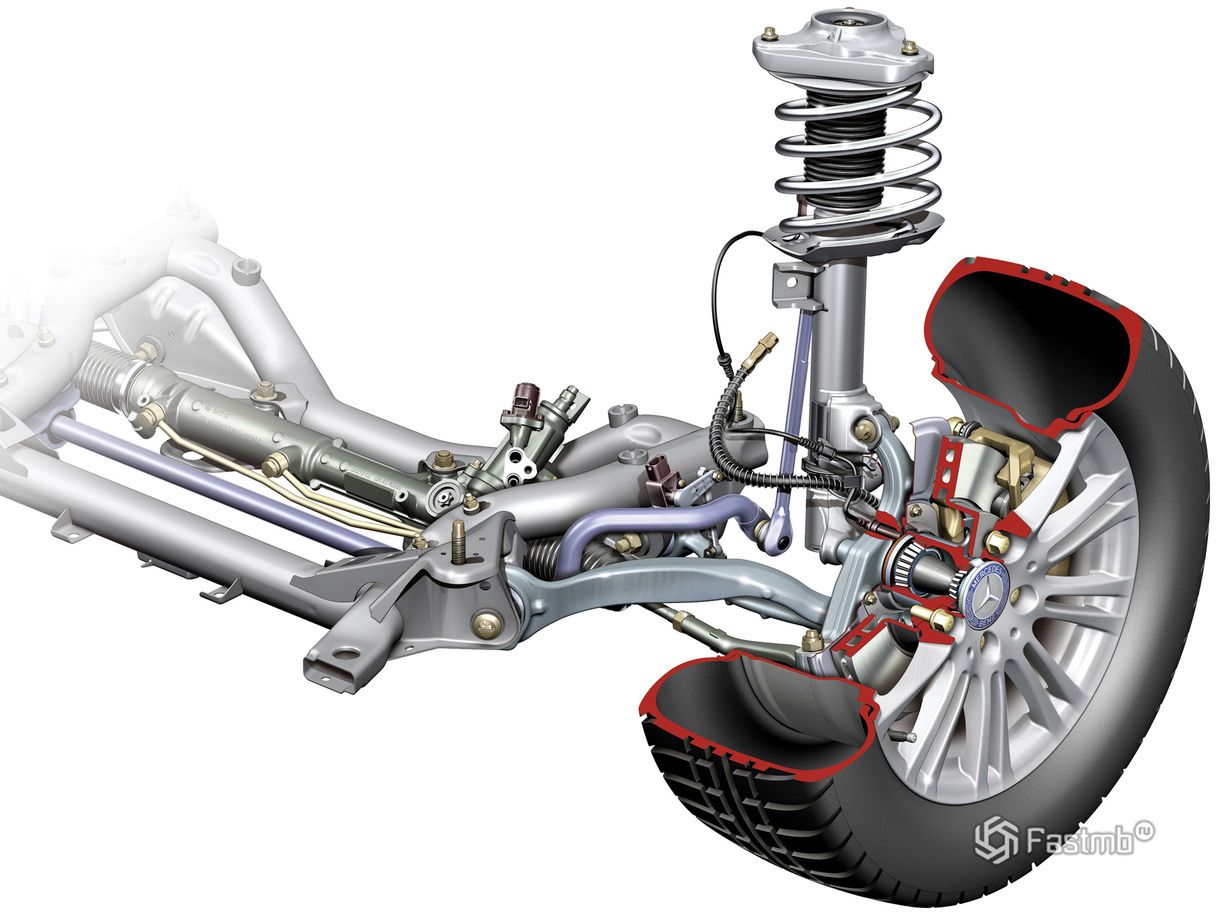
How adaptive suspension works
Content
Adaptive suspension, as its name suggests, adapts its behavior to the terrain, driving and driver needs. Its technology is tuned to improve driving and make it more dynamic.
Car manufacturers have developed new technologies, and the systems that keep cars running are improving. It makes cars better and safer.
The suspension of cars has also improved and is now offered differently, depending on car models. Adaptive Suspension is a new system found in cars.
What is adaptive suspension?
The adaptive suspension is able to adapt to the terrain they ride, the needs of the driver, and to driving in certain areas. Thus, they become more efficient and convenient.
This type of suspension allows the driver, with the flip of a switch, to choose between a firm ride tuned for handling or a softer ride suited to everyday riding on bumpy roads.
How does adaptive suspension work?
There are three main types of adaptive suspension, and they all work differently. All three are equipped with shock absorbers to keep the car from bouncing along the road on its springs when it hits a bump.
Shock absorbers usually consist of a thick oil cylinder and a piston; The holes in the piston allow it to move up and down inside the oil-filled cylinder, softening the car's ride when driving over bumps.
The ease with which the piston moves in the oil determines the ride quality. the harder it is for the piston to move, the harder the car rides. Simply put, the larger these holes in the piston, the easier it will move and, therefore, the smoother the stroke will be.
The most common types of adaptive driving.
Valve Driven Adaptive Suspension: Some manufacturers' adaptive suspension systems work with a series of valves to control the speed at which the piston moves inside the shock cylinder. Depending on driver preference, you can control the softness or hardness of the ride with a switch in the cabin.
Adaptive air suspension. A completely different type of system is adaptive air suspension, in which steel coil springs are replaced by rubber or polyurethane airbags. A key benefit of adaptive air suspension is that the driver can change the ride height, which means it can be useful for 4x4 vehicles where more ride height may be needed.
Magnetorheological damping: Instead of using the same complex line of valves, magnetorheological damping uses a fluid inside the damper containing metal particles. The characteristics of the fluid change if a magnetic load is applied, and hence if a magnetic field is applied, the viscosity increases and the movement becomes more rigid; otherwise, the ride remains smooth and comfortable.
: